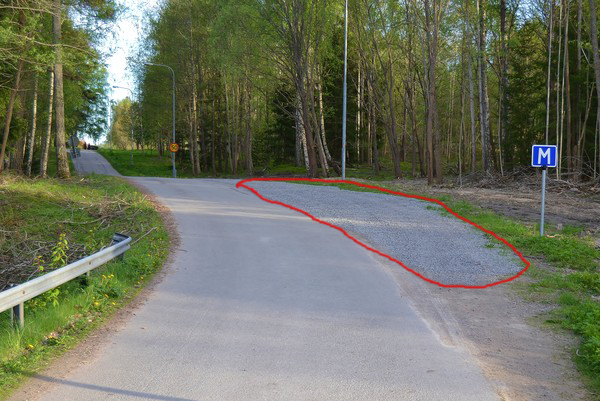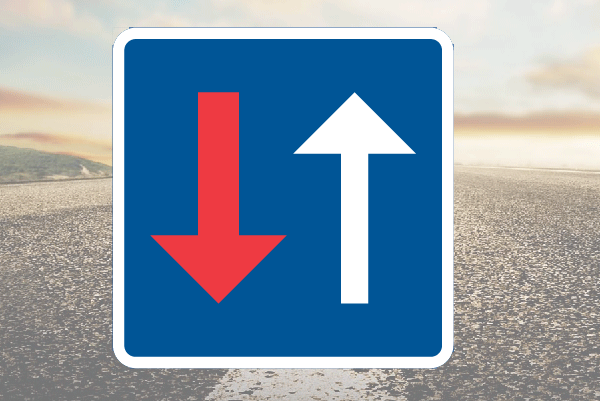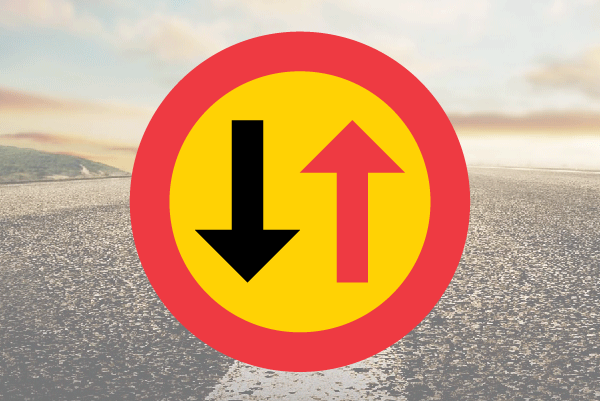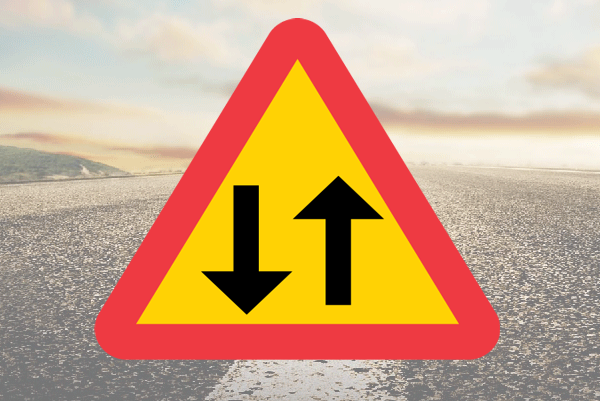Encountering vehicles does not often lead to problems if the driver knows how to behave correctly during the encounter
There are also different situations in which vehicles meet, including meeting on a narrow road or a road where there are maintenance works
Or on a side road that cannot accommodate two cars, and also at bridges and tunnels. Here I will explain about these matters, the different intersection situations, and how to deal with them correctly.
Colliding with vehicles on narrow roads is more dangerous than on other wide roads
The reason for this is the lack of enough space for two vehicles on one road or a narrow driving field
The narrower the road, the greater the incidence of accidents between vehicles. Also, the causes of accidents are:
- Excessive speed on an inappropriate road
- Hard braking
- The road condition is slippery
- The driver continues driving when he should stop
We now come to the traffic signs that determine who has priority of passage
Note: When the red arrow is to the right on the sign, it belongs to you
When it is on the left, it is for the opposite path, and your arrow is black or white, and red is a prohibition or obligation for the party that has the arrow.
A white or black arrow means the right of way for the party that has the arrow

The sign means (Mötesplats) and is placed on narrow and side roads when there is no room for two cars to pass. The vehicle that arrives first at the sign waits until the opposite car passes and then drives on. You are not allowed to stop here, even if it is to make a phone call.

This sign is placed in places where there are narrow parts of the roads, and it is placed before the part where the road will be narrowed. It explains who has priority of traffic, and the car that has the sign on its side will also be reversed from the opposite side, i.e. for the oncoming traffic, but the colors of the arrows differ according to the side that has more room or space for traffic.

This sign is often placed in places where there are maintenance or repairs on the road or obstacles. It also specifies who has right-of-way and you, as a driver, must adhere to it and what it means. You must also be careful when viewing the sign in a place where road works are taking place.

This sign warns that you will meet oncoming traffic, and there may not be a dividing barrier on the road. It is often placed on highways when there is a dividing barrier in the middle of the road, and when the barrier ends, you will see this sign.
When meeting a car on a narrow road, you must place your car on the far right, and if the driver is driving on a side road on which there are no signs or a meeting sign.
Then the drivers must coordinate together, and the one who has more room to stop gives way to the other
